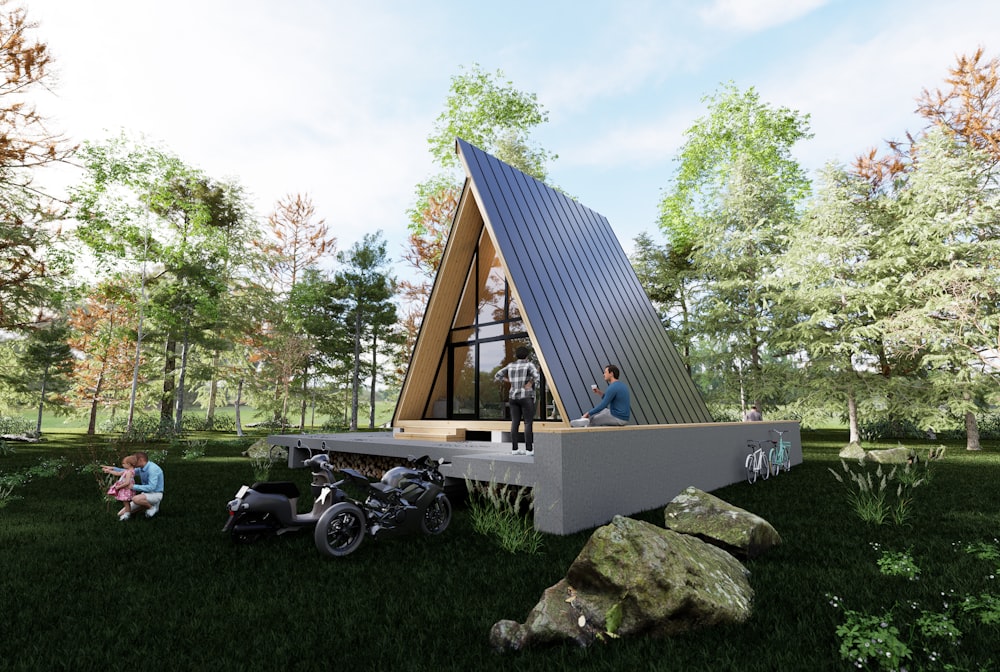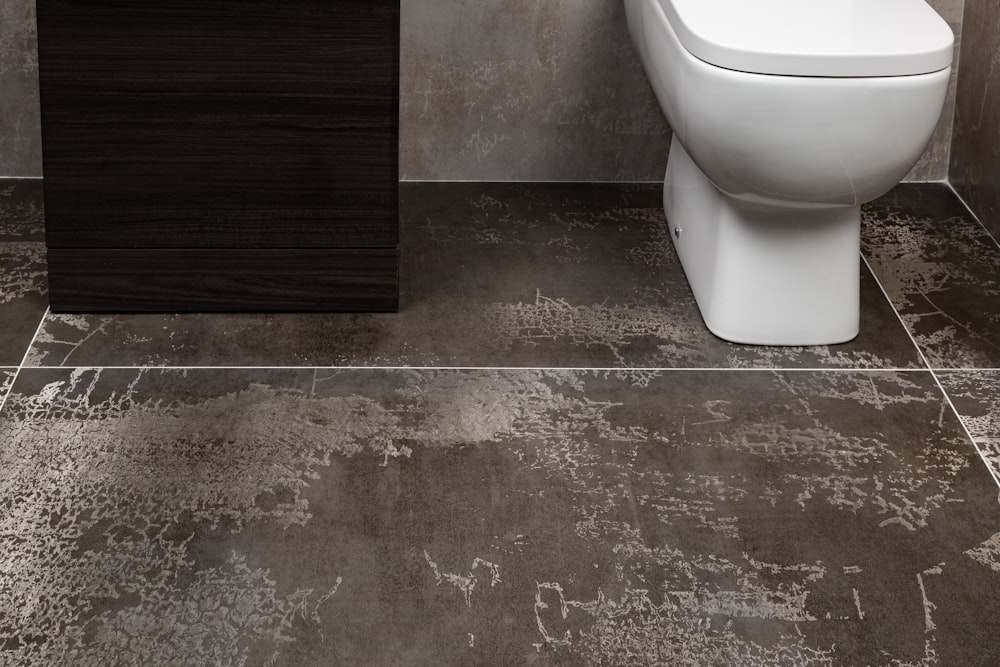When buying a dock for your property, you may be confused by all the available types. This article will provide you with information on Floating docks, Stationary docks, Piling docks, and Wheel-ins. Having a clear understanding of these docks will help you make the right decision. We’ll start with what each type looks like to understand these differences.
Floating docks
Floating docks can be designed for various water depths, including lakes, rivers, and oceans. They are constructed with galvanized steel or aluminum frames that offer comparable strength, durability, and corrosion resistance. In addition, the tanks used in floating docks are top-of-the-line and can be custom-built to any load requirement. Additionally, the frames and floats are available in various styles and colors. An example of this is dock construction Texas.
Floating docks are becoming a staple in various settings, including commercial, residential and governmental. The guidelines and regulations for commercial and governmental docks may be more stringent. Homeowner’s associations and local building codes may also have specific rules regarding docking structures. Therefore, it is essential to research the legal requirements of each setting before making a final decision. However, floating docks are often easier to install than their land-based counterparts.
Stationary docks
Stationary docks are typically built on permanent pilings buried into the ground. Fixed docks are more stable than floating docks and are ideal for areas with high water levels. These docks can be constructed with wood or steel pilings, but wood pilings are preferred in saltwater environments. Stationary docks are an excellent choice for docks in neighborhoods with a lot of boat traffic. Because they are permanently fixed in place, they can withstand extreme changes in water levels and are easier to access by boat.
The advantage of stationary docks is that they provide a stable base to rest and relax. They can also be an attractive complementary extension of a residential building. One of the most significant disadvantages of stationary docks is that their gap can be compromised when water levels are low, making it difficult to step on or off. Fortunately, adjustable-gap docks are easy to assemble and adjust to different water levels. If you don’t want to worry about water levels, a stationary dock may be the best option.
Piling docks
Piling docks are made of various materials, but one of the most common is wood. Water can cause accelerated rotting because it soaks into the wood deeply. Water can also lead to a collapse of the dock’s platform. To prevent this, apply waterproof paint to the wooden parts. If you notice extensive rotting, consider replacing the dock. A licensed professional can determine if you need to replace the dock entirely or repair it.
There are several benefits to piling docks. They can withstand strong currents and are highly stable. However, they are not flexible and may not suit all situations. Nonetheless, they are a good choice if you want a fishing dock or a large watercraft. However, it requires careful planning and a budget, and mistakes can cost you thousands. If you’re considering getting a piling dock for your lake, read on to learn more about the advantages of piling docks.
Wheel-in docks
Many waterfront property owners insist on getting a wheel-in-style dock. This style can be easy to transport and install. Dock dealers and manufacturers promote their prices by claiming that they are easy to roll. However, it’s not that simple. Before buying a wheel-in dock, check that the installation site is level and sloping gently into the lake. Without proper preparation, you can’t put it in place, including a firm sandy bottom.
If your waterfront is sloped gently, a 32-foot wheel-in dock will fit perfectly. However, many people don’t have an ideal waterfront for a large dock. In such a case, you can still get a 16-foot wheel-in dock that’s easily separated into two 16-foot sections. It is also possible to purchase a single-piece wheel-in dock and then have it delivered to your waterfront for free.
Composite plastic docks
Until the recent arrival of composite materials, they built most docks with various materials and methods. However, composite materials and methods reduced construction time and allowed docks to be constructed off-site. Composite docks were designed with energy absorption in mind. They incorporated a new design into the design of the T-head, and new pilings were joined using methyl methacrylate adhesive and stainless steel bolts.
Although wood is cheaper, it can warp and weather, requiring constant maintenance. It is also not as durable as composite and needs regular painting and repair of rotten slabs. On the other hand, composite docks have significantly advanced over the past 30 years and are much more reliable than ever before. As a result, there are virtually no problems with composite docks, and their longevity is hard to beat. Here’s a look at some of the pros and cons of composite docks.










